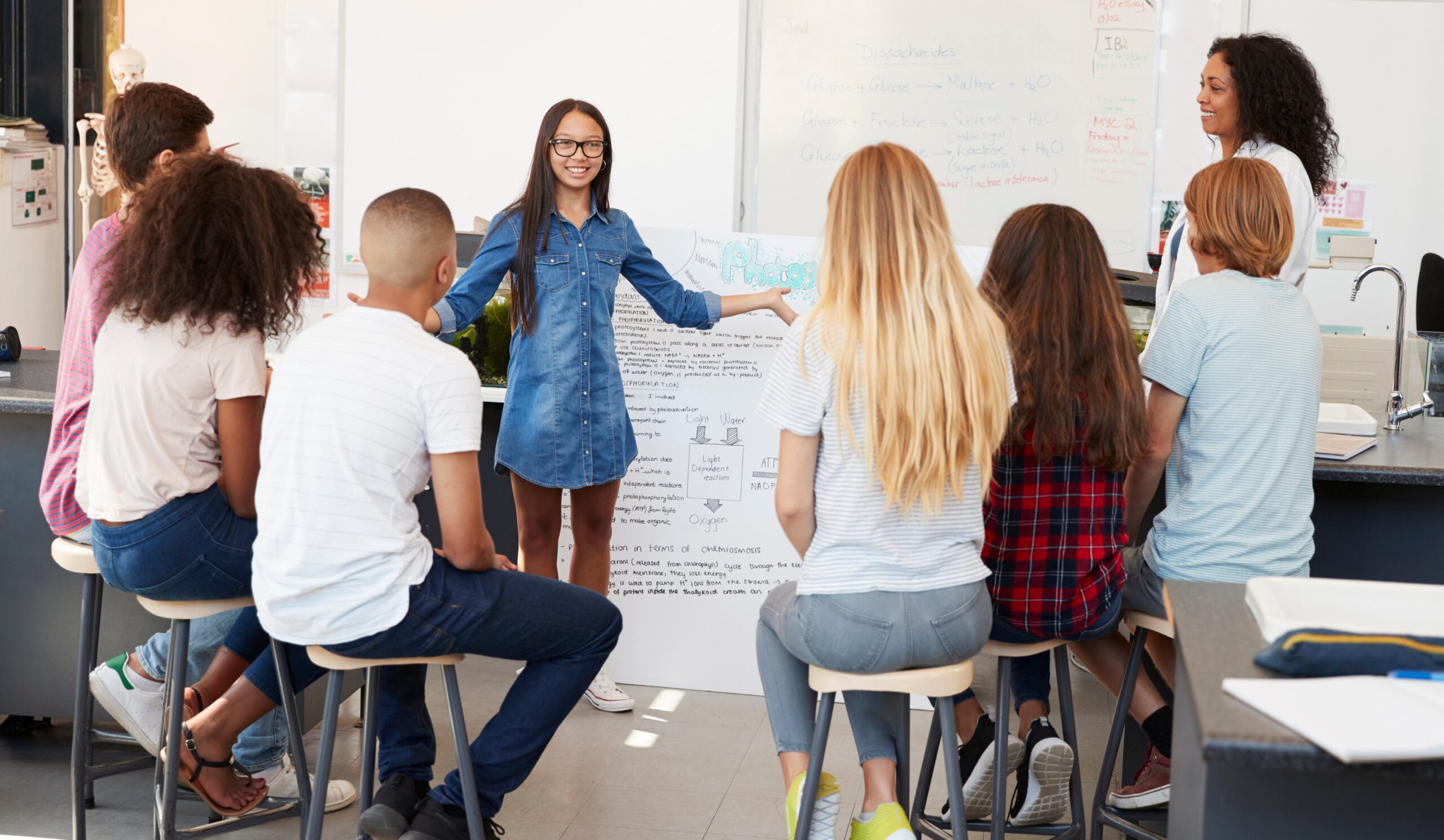There’s no doubt that expectations for student achievement have increased exponentially over the past two decades. To help students meet these expectations, schools have shifted to more evidence-based strategies, like peer teaching.
Peer teaching isn’t a single strategy — it is a full menu of learning techniques that can enhance student achievement, content knowledge, and student engagement. However, peer teaching can also be problematic for teachers, because employing this particular method means that students will be teaching each other.
You might be thinking…
- My students aren’t experts. How can they teach this content to one another?
- What if they teach and learn the information incorrectly? Even if they do get it right, will the learning be superficial?
- What if parents bristle at the idea of students learning from students when the stakes are so high for student assessment?
- What about my professional responsibility? I’m the teacher, after all. Isn’t teaching my job?
All of these are valid concerns and worthy of some debate. But equally valid is the wealth of research that shows peer teaching works.
Are you ready to explore peer teaching in your classroom?
Whether you’re ready for just a taste or a full menu of strategies, we’ve got something for you to try!
Appetizer
Facilitating Peer Learning
If you’re just starting out with peer teaching, focus on creating a student-centered classroom. Take on the role of facilitator and motivator. Give your students what they need to be successful, then step back and encourage your students to help each other rather than immediately asking you for help. When your students help each other, they will feel more successful, empowered, and confident about their learning. Watch these seventh grade students take ownership of math content through dialogue, peer teaching, and presentation.
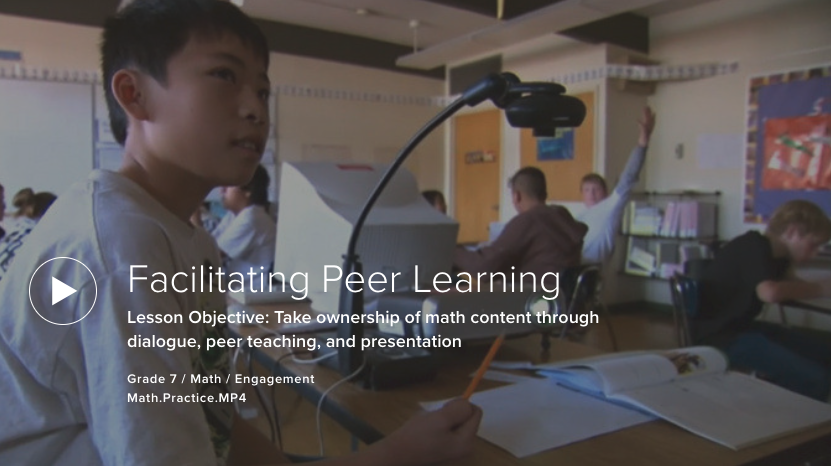
VIDEO: Facilitating Peer Learning
Small Plates
Peer-to-Peer Tutoring, Peer Conferencing, and Peer Review
Peer tutoring is a great way for students to collaborate to support one another. An activity like this one can increase your students’ academic learning, as well as their social and cognitive skills. Peer tutors have the opportunity to engage in deeper learning through teaching and to help their peers’ learning through tutoring and feedback.
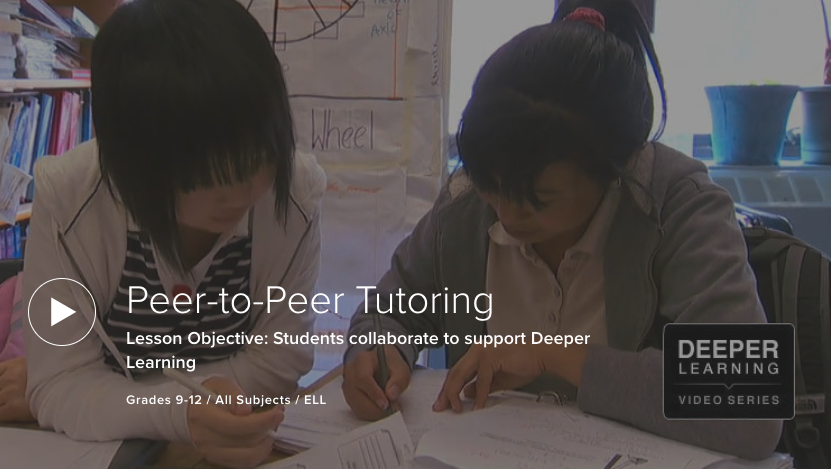
VIDEO: Peer-to-Peer Tutoring
All students have the opportunity to speak more freely and with less pressure in peer-to-peer or group settings and student-led discussions. This structure will allow your students to foster relationships with one another, bring aspects of their background into the conversation, and even practice their language skills. And remember, when students engage in peer tutoring or peer conferences, they’re also learning practical life skills for teaching a concept, communication, and giving critical feedback in a respectful way.
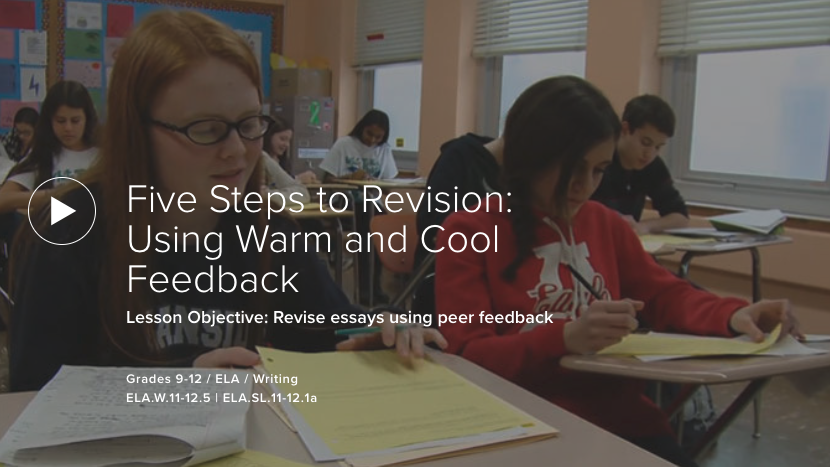
VIDEO: Five Steps to Revision: Using Warm and Cool Feedback
Student Discussion Leader
When discussing a book or idea in class, why not shake things up and ask a student to lead the discussion. It’s a great way to encourage a sense of agency and responsibility for learning, and it also helps your students develop leadership skills. The student leader may ask questions of other students that you — as the teacher — may overlook. These questions can lead to a much more organic and riveting discussion when a student is at the helm. Students can also come up with themes from the book or other lesson texts that are exclusive to their thought process and engage their peers this way, too.
In this video, Sarah Brown Wessling uses an innovative strategy she calls a Pinwheel Discussion, where students lead the conversation while working to make three different texts speak in conversation. One student in each group, a provocateur, asks questions to ensure that the discussion keeps moving.

VIDEO: Pinwheel Discussions: Texts in Conversation
Entrees
Peer Teaching Through Expert Groups
The Roman philosopher Seneca once said, “While we teach, we learn.” Peer teaching elevates student voice in the classroom and demonstrates a deep understanding of concepts. In this video, one student becomes the expert on a topic while other students in the group practice active listening skills. Note that as students prepare for peer teaching, they collaborate to extract important information and build understanding. Students share a similar perspective and “speak the same language,” which enables them to explain a concept to a peer in a novel way that may not occur to the teacher — especially one they recently learned. Additionally, a student who has recently learned a concept is likely to exhibit more empathy for a peer who doesn’t yet understand. As you observe the process and presentation of each student, you’ll also be able to gather rich assessment data that even the best-written test would miss.
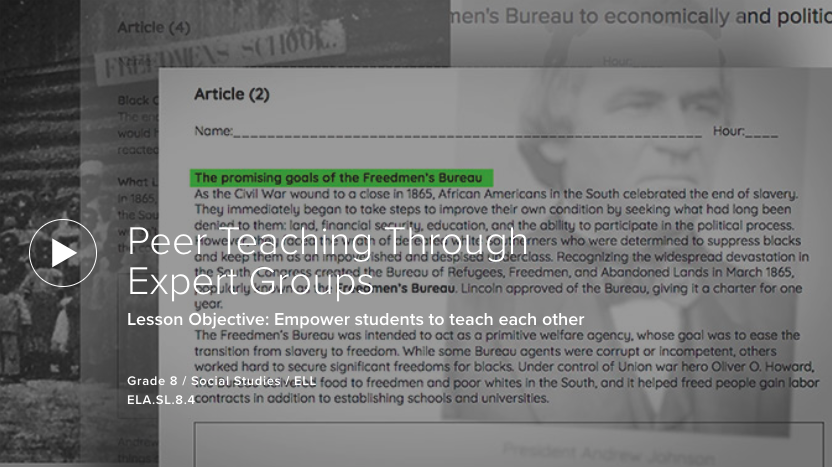
VIDEO: Peer Teaching Through Expert Groups
Peer teaching can benefit both younger and older students when older students have an opportunity to mentor their younger peers. Watch as this group of high school students prepares and teaches a robotics lesson to a fifth grade class.
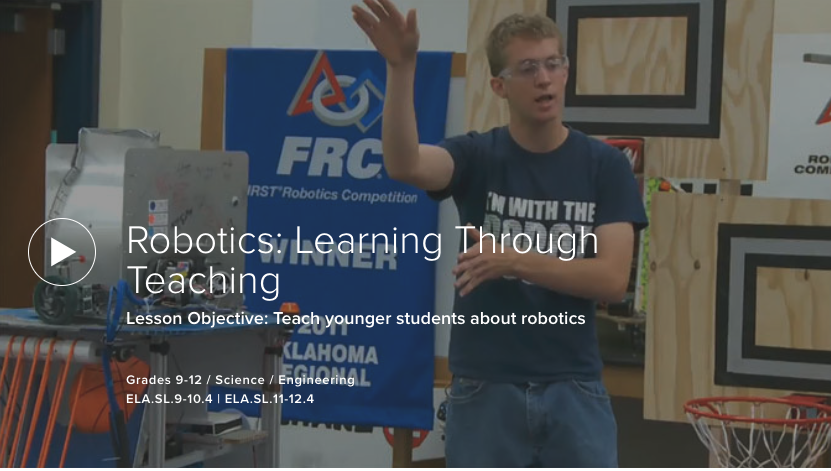
VIDEO: Robotics: Learning Through Teaching
Sides
Transform the Test
The most common feedback we give students is usually a number. This is, unfortunately, a summative practice that doesn’t identify strengths and weaknesses or provide feedback for learning and development. An example of how to change this is to shift our approach to quizzing and make it into a rich, collaborative learning opportunity.
- Alternative Approaches to Assessment: Read this blog post to learn three alternative approaches to effective testing.
- Close the Gap: Instead of a quiz, the teacher presents the questions one at a time, and the students attempt the answer. The students then break into groups and work collaboratively on the activity to reduce the gap, supported by their peers.
- Peer Quizzes: Students can write their own questions about the content and then quiz each other. They would also spend time going through the incorrect answers with each other to heighten their understanding.
Dessert
Once you have the basics of peer teaching down, why not add “something sweet” and a little flair with technology. Watch how Gordon Van Owen uses Poetry Podcasts with his middle school students to improve speaking and listening skills, as well as the skills necessary for critical analysis, respectful and constructive peer feedback, accountable talk, and self-evaluation.
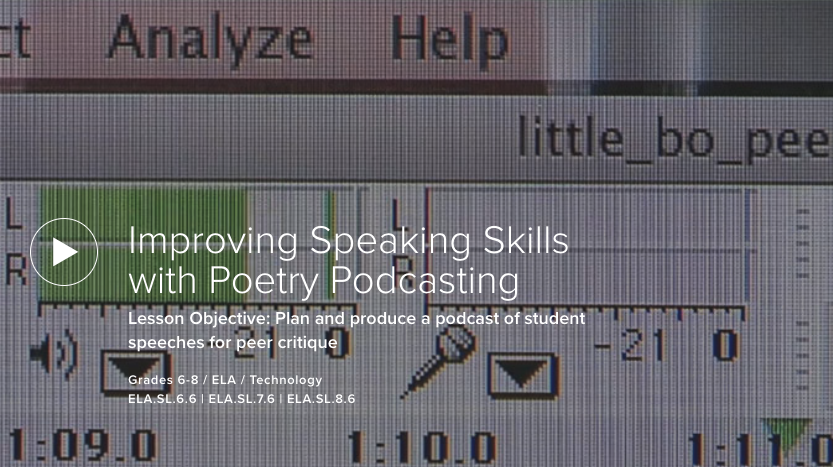
VIDEO: Improving Speaking Skills with Poetry Podcasting
How do you use peer teaching in your classroom? Which of the strategies above did you try? How did it work for your students?
